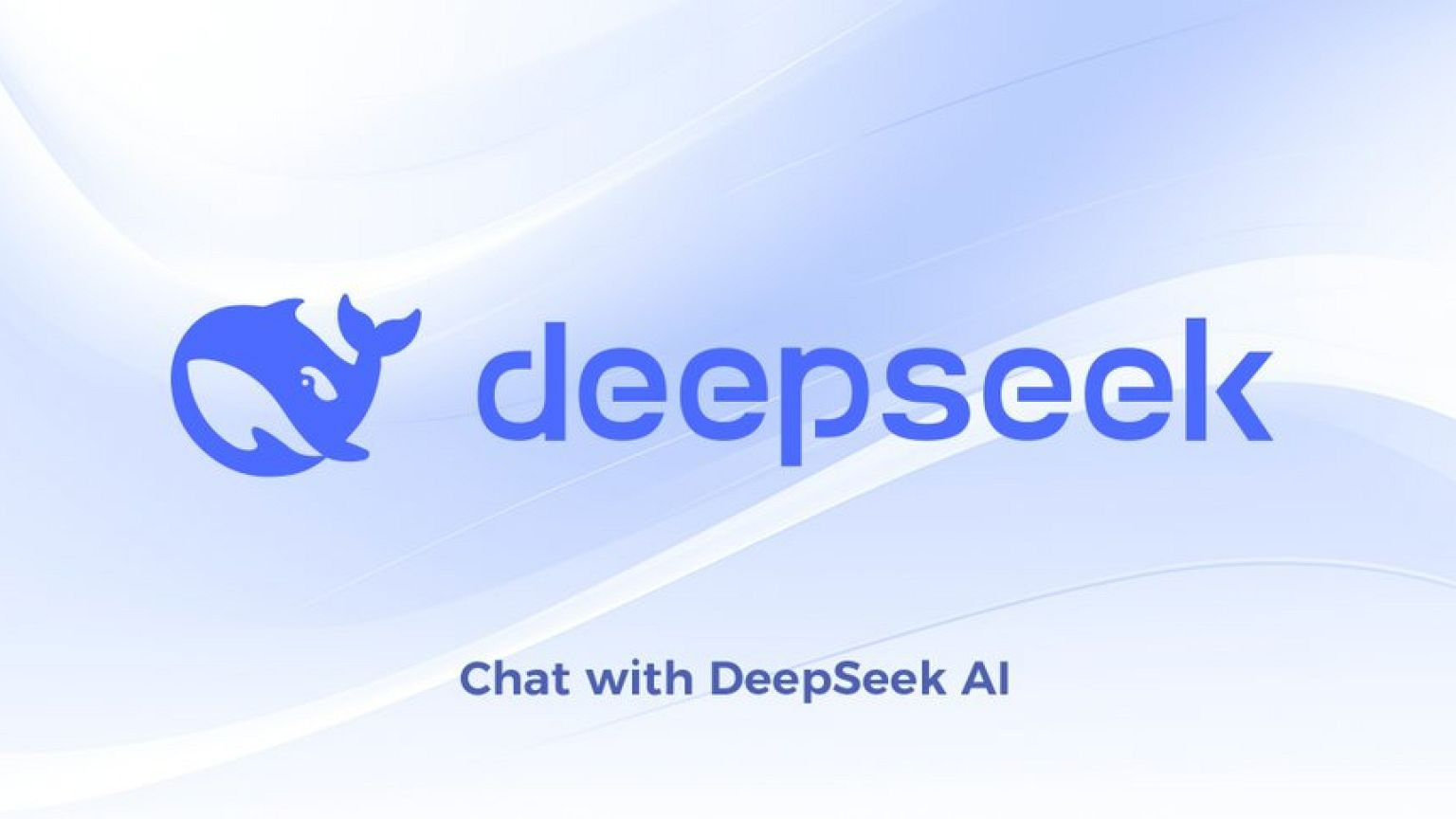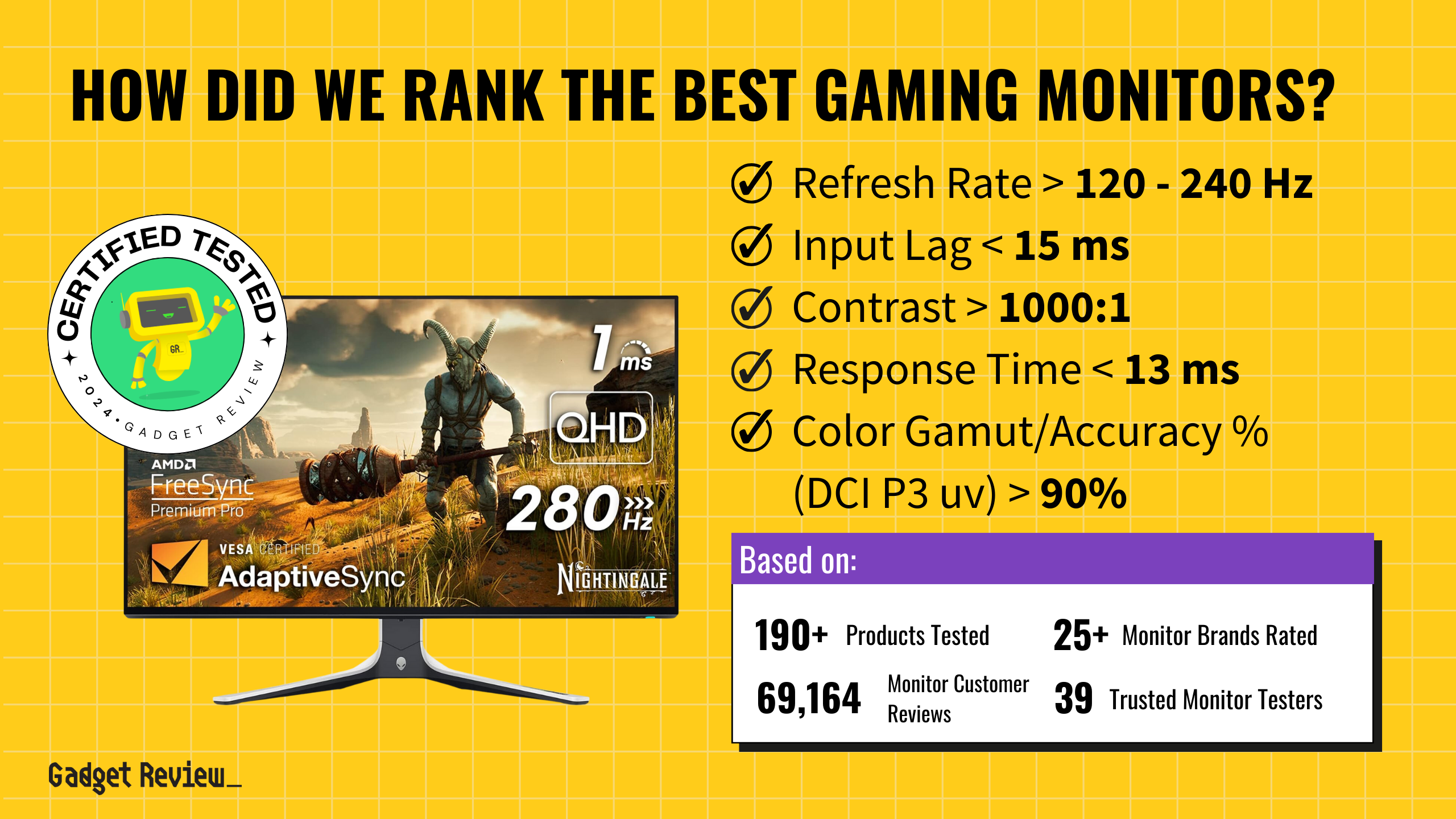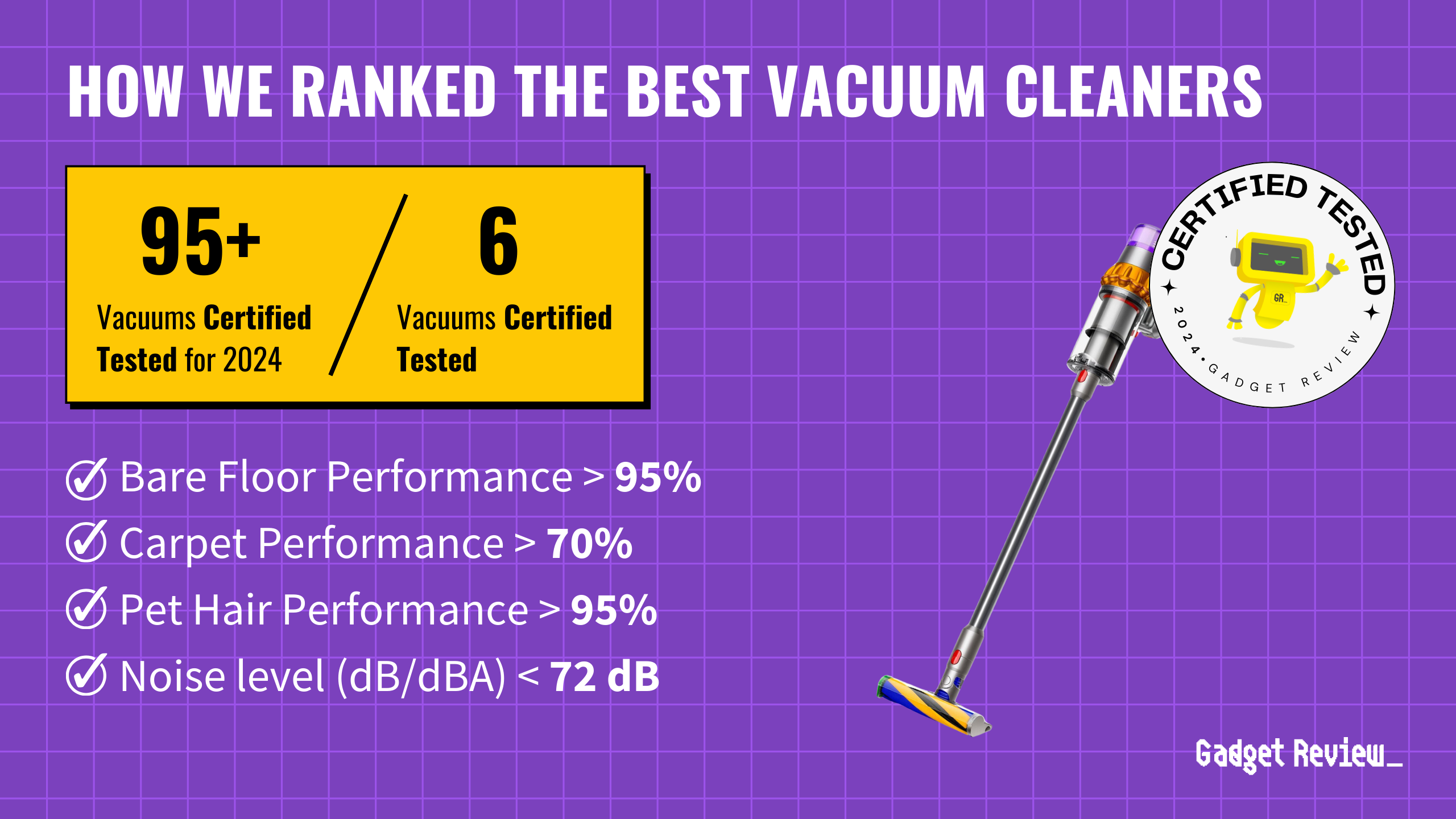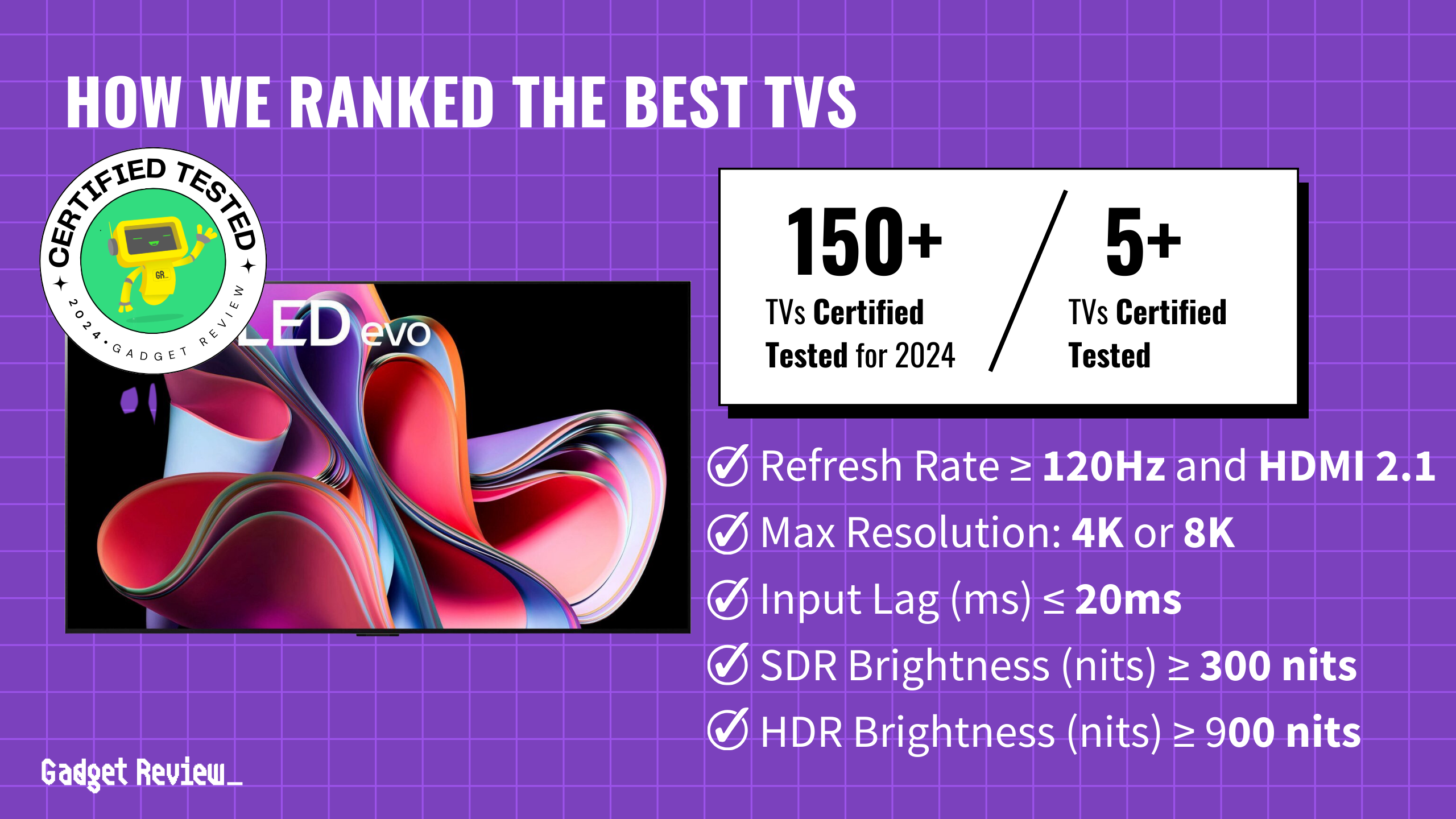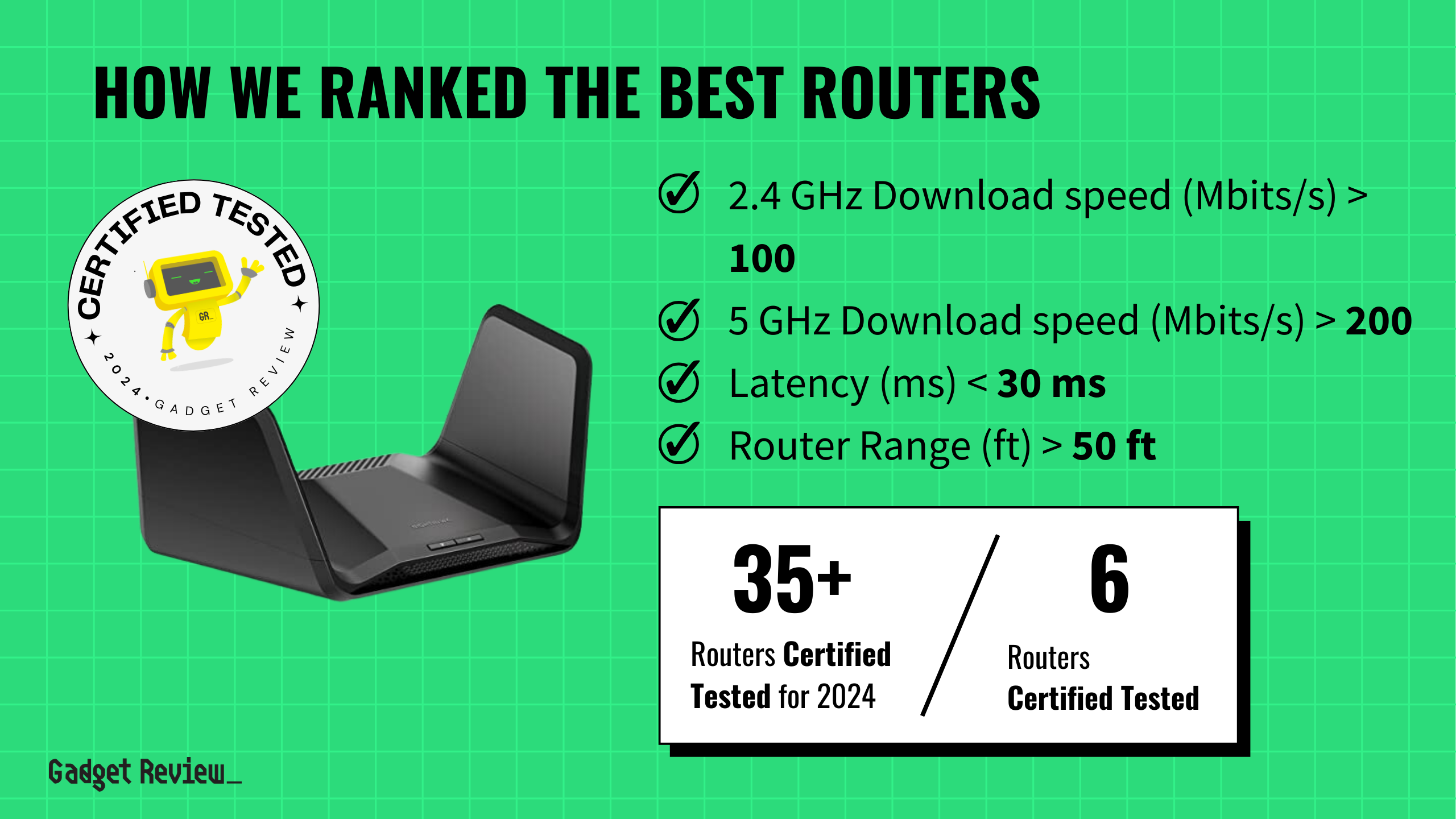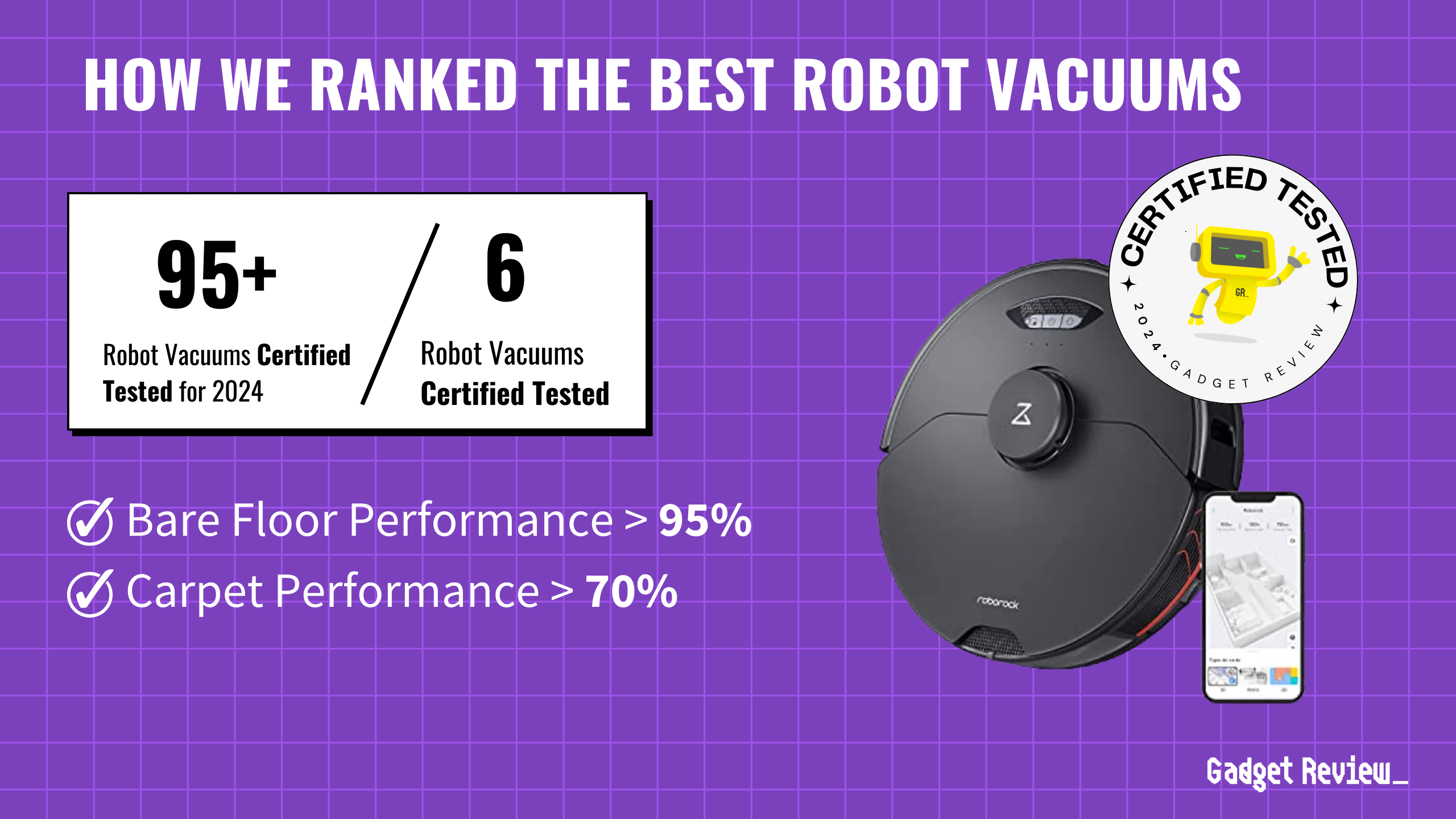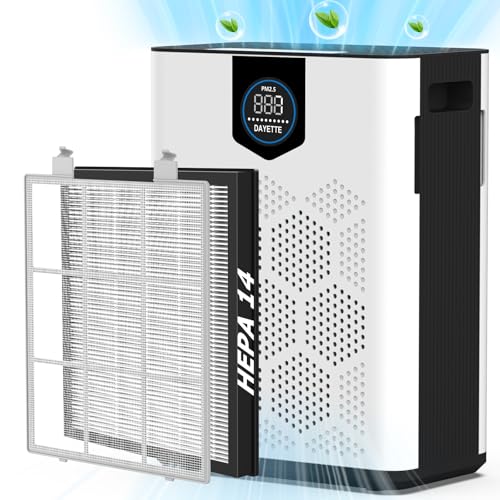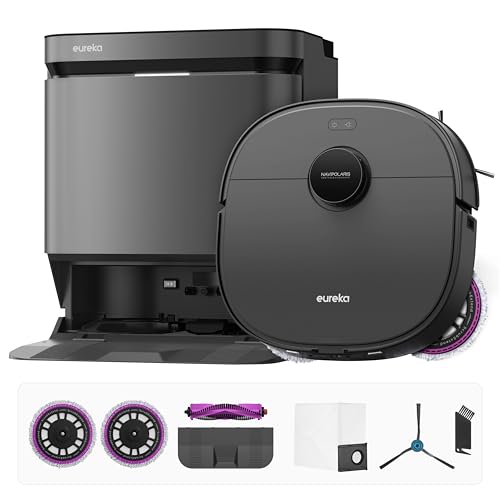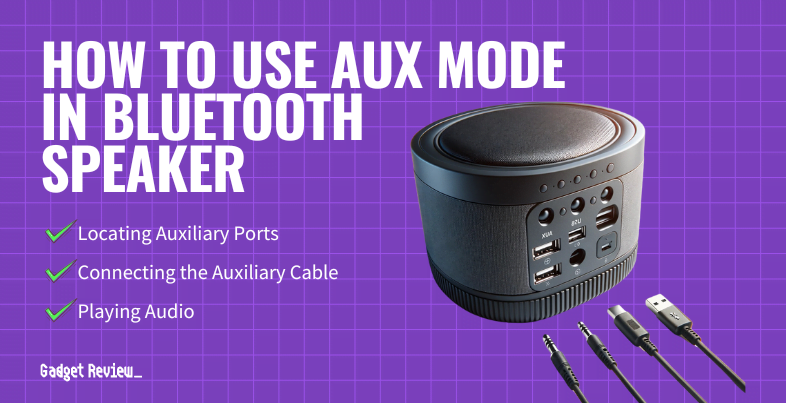Multiple training runs crashed and burned when DeepSeek tried building its R2 AI model on Huawei’s domestic chips, forcing China’s star AI company back to Nvidia hardware after months of technical failures. Chinese authorities had pressured DeepSeek to ditch American GPUs for homegrown Ascend processors—a move that looked patriotic on paper but crumbled under the weight of unstable performance, crippled interconnect bandwidth, and immature software tools.
The debacle exposes the gap between China’s chip nationalism and engineering reality. DeepSeek’s original R1 model wasn’t actually trained on the reported 2,048 Nvidia H800s costing $5.576 million, according to Tom’s Hardware. The company secretly used around 50,000 Nvidia GPUs—including 10,000 H800s, 10,000 H100s, and 30,000 H20s. That’s like claiming you built your house with a hammer when you actually used a construction crew with heavy machinery.
Software Ecosystem Beats Raw Power
Huawei’s engineers couldn’t bridge the gap between chip specs and real-world performance.
Even after Huawei dispatched engineering teams to fix the problems, no successful full-scale R2 training run materialized on Ascend hardware, according to TrendForce. The issue wasn’t raw processing power—Huawei’s Ascend 910C claims up to 80% of Nvidia A100’s efficiency in some benchmarks. The killer was ecosystem maturity. Nvidia’s CUDA framework and global developer support create a moat that pure hardware specs can’t cross. Huawei’s CANN software toolkit feels like using a flip phone after years with an iPhone.
Market Consequences Pile Up
R2’s delay hands competitors a longer runway while Chinese AI firms face chip purchase scrutiny.
DeepSeek’s stumble gifts OpenAI and Anthropic more time to extend their technical leads, with R2’s launch now pushed to late 2025. Meanwhile, Chinese regulators are summoning AI companies to justify every Nvidia chip purchase, creating bureaucratic headaches that slow innovation. You can almost hear the collective groaning from Chinese AI startups navigating these new compliance hoops while their American rivals sprint ahead.
This episode crystallizes the real cost of forced technological self-reliance: lost time, competitive disadvantage, and continued dependence on the very hardware you’re trying to replace. DeepSeek will likely stick with its hybrid approach—Nvidia for training, Huawei for inference—until domestic alternatives actually work at scale. Turns out you can mandate chip independence, but you can’t mandate the software ecosystem that makes those chips useful.


